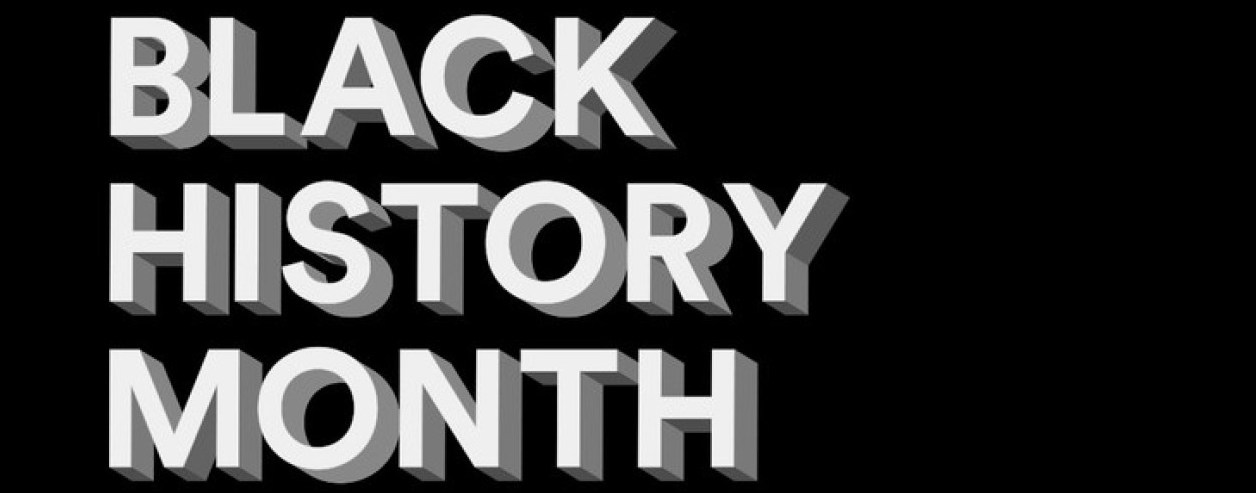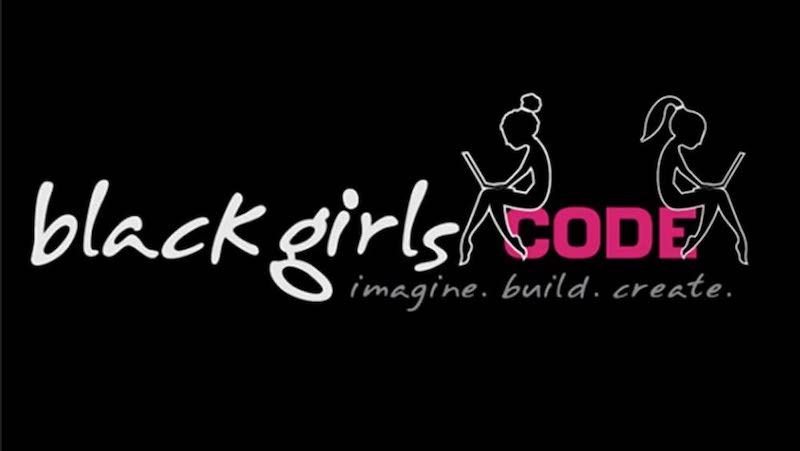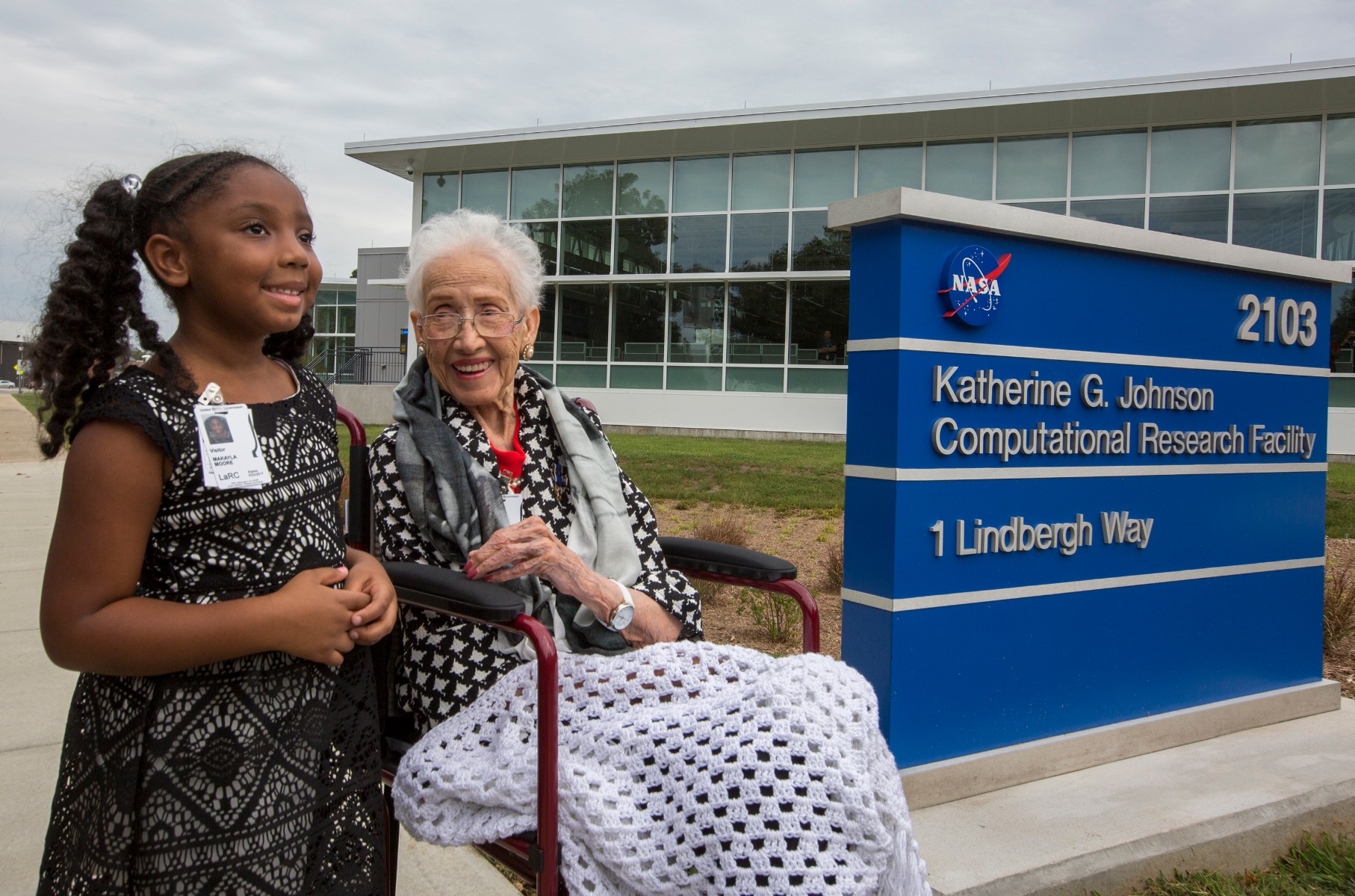As Black History Month wraps up, we're highlighting various noteworthy African American contributions to advancements in STEM. Beyond that, we're also celebrating one of our founders (and CEO), Rick Fredkin. Rick has helped grow Eduporium into a leading K-12 EdTech provider since helping to launch our company back in 2012 and helped us become a recognized Minority Business Enterprise. Whether launching a new company or simply by making everyone feel included, we're happy to have you join us in celebrating Rick and all of the other Black leaders in STEM today and every day.

Contributions to STEM advances in and out of the classroom come in many forms and from many types of individuals. Some even come by accident while others embody a rewarding result of a lot of hard work and determination. In Rick's case, he began to use technology at age two and was a legitimate programmer by age 12. He started working in the computing industry as a teenager and, seeing the direction that the world was going, knew he wanted to help the next generations of children. Now, as career opportunities continue booming with advances in computer science and technology, it appears he had the right idea.
Clarence Ellis
So, in an effort to extend the impact of Black History Month, let's look at some of the other notable African Americans to make large-scale contributions to STEM. We'll start with Clarence Ellis. He taught himself the ins and outs of computers while working at a security job in Chicago at age 15. During his STEM career, he worked at IBM, Xerox, and MIT and he'd even help with launching a computer system for creating alternate forms of government for developing countries. He became the first African American to receive a computer science Ph.D. for his work. Finally, he taught computer science as a professor at the University of Colorado Boulder, MIT, and Stanford University.
Kimberly Bryant
Kimberly Bryant is a former electrical engineer and founder of the Black Girls Code organization. Her main mission lies in helping young women of color explore opportunities for developing various technology and computer science skills that will help them contribute to future innovations. She has already contributed to tightening the gender gap in STEM—something of emphasis among female STEM leaders. And, with help from ambassadors and educators, Kimberly and the entire Black Girls Code organization are committed to helping young minority girls develop vital technology and CS skills for succeeding in the next generation of women in STEM during Black History Month and beyond.

Garrett Morgan
Born in 1872, Garrett Morgan was the architect of the three-way traffic signal system, which eventually sold to General Electric. Some of his other STEM contributions include the gas mask blueprint and an improved sewing machine design. He would also patent designs for a device known as the safety hood in 1914. This invention allowed people to breathe more safely around smoke and he worked with firefighters to add it to equipment. It ultimately led to his gas mask prototype, which was key equipment for troops in World War I.
James West
James West invented the electret microphone and holds over 250 patents in microphone production and design. He is perhaps best known for optimizing microphones for higher performance. As a child, he was constantly ripping things apart to learn about their inner workings and knew he wanted to pursue a career in STEAM. While working as an acoustical scientist, he developed the highly sensitive electret microphone in the 1960s, which was mass produced starting in 1968. In fact, the same technology used to develop the electret microphone is still used in 90 percent of microphone production.
Mae Jemison
Mae Jemison is a retired NASA astronaut and became the first Black woman in space on board the Space Shuttle Endeavour in 1992. She's a perfect ambassador for Black History Month and led research on bone cells—one of 43 missions tied to the exploration and has since founded her own company to inspire a love of STEM in others. She was one of 15 candidates selected for the Endeavour mission out of approximately 2,000 applicants. Ultimately, she was just one of seven crew members to travel to space. In addition to the bone cell experiments, Jemison also led experimentation on weightlessness and motion sickness—both on other members of the crew and on herself—and advocated for greater inclusion. She fought to give women and other underrepresented groups the chance to participate in similar missions upon returning to Earth.

Katherine Johnson
And, last but not least, known as the "human computer," Katherine Johnson made incredible contributions to the US Space Program. Working at NASA for 35 years, she would calculate orbital mechanics that were crucial for safe space missions. Specifically, she was responsible for syncing Apollo’s lunar lander with the moon-orbiting command and service module. This required incredibly precise calculations and it ultimately helped put men on the moon. Actors also depicted Johnson in the film “Hidden Figures,” bringing attention to Black women who were instrumental NASA contributors. She passed away in 2020 at the age of 101.
We realize that we shouldn't limit these accomplishments and inspiration to one month of every year. At the same time, however, it's an opportunity to educate everyone on STEM contributors and the amazing things they've done. If you have stories you'd like to share surrounding Black History Month or related topics, feel free to comment below. And, as always, follow us on Twitter and Instagram for more.



